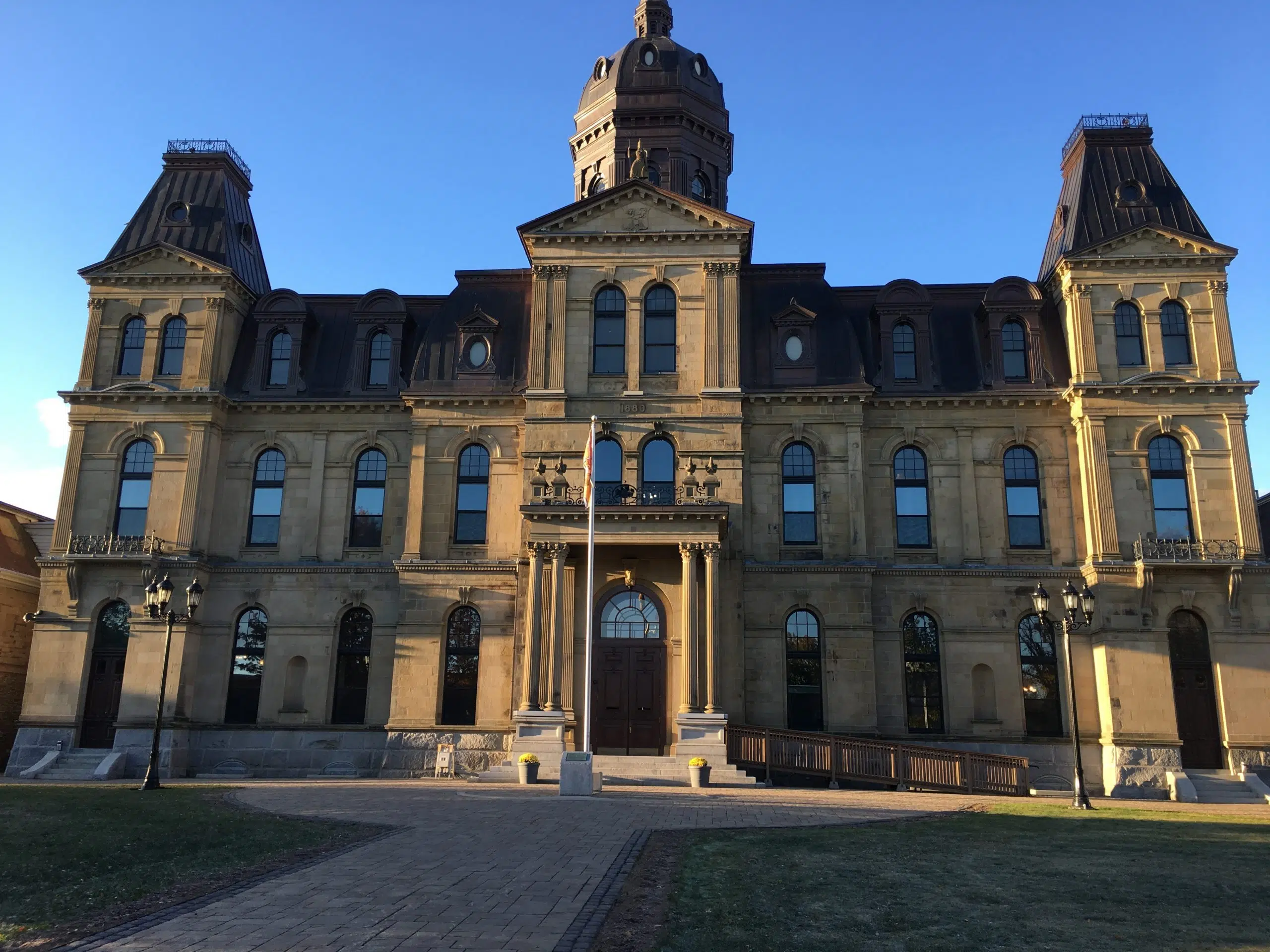New boundaries have been officially set for the 49 electoral districts in New Brunswick.
The Electoral Boundaries and Representation Commission released its final report Monday.
Commission members considered feedback heard since the release of its preliminary report in December.
“We did listen and we did make changes where possible. However, not all requests could be accommodated,” co-chair Roger Clinch told reporters.
One of the proposals that could not be changed was placing part of the municipality of Cap-Acadie with the mainly anglophone riding of Tantramar.
Clinch said the number of electors in the riding would have been more than 25 per cent below the “electoral quotient” or provincial average of 11,714 voters.
“We received a clear legal opinion that we do not have the legal authority to ignore the limits as set out in the legislation,” he said.
Voter parity in current legislation
Current legislation allows the commission to depart from voter parity “to achieve effective representation” based upon several considerations, including communities of interest, local government boundaries, the rate of population growth in a region, effective representation of rural areas, and geographical features.
That margin can increase to 25 per cent in “extraordinary circumstances” to ensure the English and French linguistic communities are being properly represented.
The commission is recommending the province implement legislative changes allowing for a deviation greater than 25 per cent in the case of extraordinary circumstances, which it says aligns with many other Canadian jurisdictions.
According to the report, there is “no immediate process for a non-legislated solution that would ensure effective representation for the francophone linguistic community” in Tantramar “given the unique nature of the shape and location of the French and English communities in this portion of New Brunswick.”
Other proposals adjusted based on public input
While some proposals like Tantramar could not be changed, the commission did make adjustments to others, such as Campobello Island.
Initially, the commission recommended moving the island from Fundy-The Isles-Saint John Lorneville to Saint Croix.
“We thought that all of the islands would be together and everybody would be content with that. That wasn’t the case,” said Clinch.
Submissions made to the commission indicated that Campobello Island would be more “effectively represented” if placed in Saint Croix, which the commission ultimately decided to do.
Commission recommends changes to timelines
In addition to its recommendation around voter parity, the commission also wants a comprehensive review of the act, which would involve looking at process timelines and the structure of public consultations, among other things.
It recommends the timeframes be extended by 30 days for the first two phases of the electoral boundary review, allowing 180 days for the filing of the preliminary report and 120 days subsequently for the filing of the final report.
“The commissioners feel the tight timelines set out in the current legislation for releasing a preliminary report, conducting public hearings and tabling a final report, does not provide citizens with adequate time to educate themselves and prepare their feedback on the changes that are being proposed to the electoral districts in which they live,” co-chair Camille Thériault said in a news release.
Written objections can now be submitted until March 27. Objections must be signed by two MLAs, identify the section of the report being objected to, the reason for the objection, and the proposed manner in which the commission’s recommendation be changed.
You can view the full report on the commission’s website.






Comments